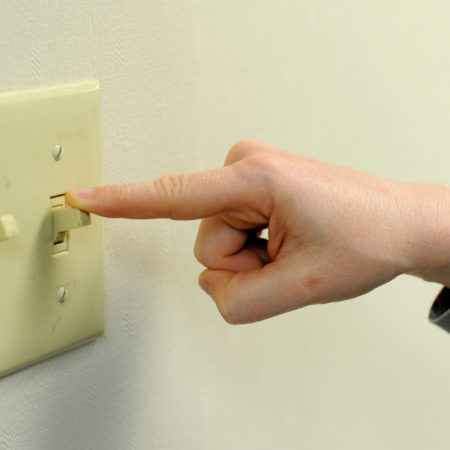We are massive energy users. Last year, the U.S. consumed 95.1 quadrillion BTUs of energy. A BTU or British Thermal Unit is the amount of energy needed to raise 1 pound of water by 1 degree or roughly the energy released when you strike a match. Those quadrillions of BTUs didn’t come cheap; consumers and businesses spent over $1.2 trillion on them. Our voracious appetite for energy shows no abatement. Even as our cars, homes and gadgets become more energy efficient, there are more people with more stuff whose additional consumption offsets these savings. Without a bountiful sources of energy, its cost goes up dramatically as demand outstrips supply. This leads to inflation, reduced productivity and lower long-term growth.
The failure of green energy
For the past decade, the buzz in the energy sector has been linked to “green” technologies which promised environmentally-friendly, affordable and scalable energy sources. Green energy would minimize the role that dirty fossil fuels like coal have in powering our economy and in the process create millions of high-paying jobs. The current administration has invested over $50 billion to support the green energy revolution but the promised results have largely failed to materialize. Over 30 green-tech companies that received financial support from the Federal government have failed, with most, like Solyndra and Abound Solar, ending up in bankruptcy. The Energy Information Administration reports that energy from renewable sources represents only 11 percent of total energy production. Virtually all of it comes from biomass and hydroelectric power sources. Solar, wind and geothermal energy production levels are rounding errors, just like they were in the 1990s, 1980s and 1970s. There are no credible projections that show green energy taking over anytime soon.
New technologies unlock a massive underground ocean of energy
If going green won’t save us, what will? It turns out that the U.S. is sitting on several “energy oceans” with an estimated 750 trillion cubic feet of natural gas and 24 billion barrels of oil according to the EIA. That is enough energy to satisfy all of our needs – 24/7 – for decades. The problem is that these oceans are trapped inside giant beds of shale rock about 2 miles below the earth’s surface. Where green energy failed, hydrofracking and horizontal drilling are succeeding.
Hydrofracking or hydraulic fracturing is a process whereby pressurized liquids (usually water mixed with chemicals) are used to break up rock layers to release natural gas and petroleum that are trapped inside. This technology permits the extraction of energy that was previously unreachable. The majority of new oil and gas wells in the world are tapped using hydrofracking. The U.S. has more than 40% of the world’s hydrofracking wells.
Horizontal drilling is the practice of drilling non-vertical wells. Rudimentary types of non-vertical drilling have existed for decades, but recent advances have allowed drillers to tap wells that are thousands of feet below the surface and located in areas where vertical drilling isn’t possible. It also permits far more efficient access and extraction.
Energy companies are using both of these technologies to tap the energy oceans located in the shale rock beds. With trillions of dollars in energy now accessible at an affordable cost, the implications for your business – and the country – are profound.
What the energy revolution means for your business
This energy revolution has significant implications for your business both short-term and long-term. In the short-term, there are many small businesses that are offering services to large companies to assist with extraction. Drillers need water, water rights management, drilling equipment management, environmental services, engineering consulting, public relations and many other services. If your company is looking for a new customer base, drillers and diversified energy companies should be on your list of potential targets.
The shale rock beds are located in specific parts of the country: rural northeast, gulf coast and the northwest region. The local communities where the drilling sites are located are booming. There communities lack the infrastructure to deal with the influx of thousands of workers that are moving there for jobs that pay up to $100 per hour or more. Everything from temporary housing to laundry services are needed as local businesses are overwhelmed.
Even if you don’t plan on servicing these businesses, the end result of their efforts will lead to reduced energy costs for your company over the next decade. If your electricity cost 25 percent less, what would you do with the savings? How does this impact your competitors? Does it make them more or less of a threat? For decades most business models assumed that energy costs would go up consistently with some spikes along the way. That assumption may now be outdated and your plan needs to reflect that. How are you going to get ready for the energy revolution?
